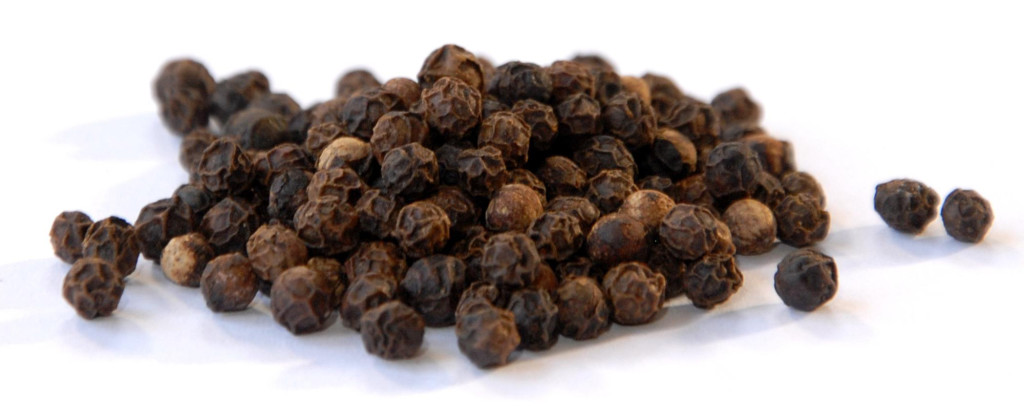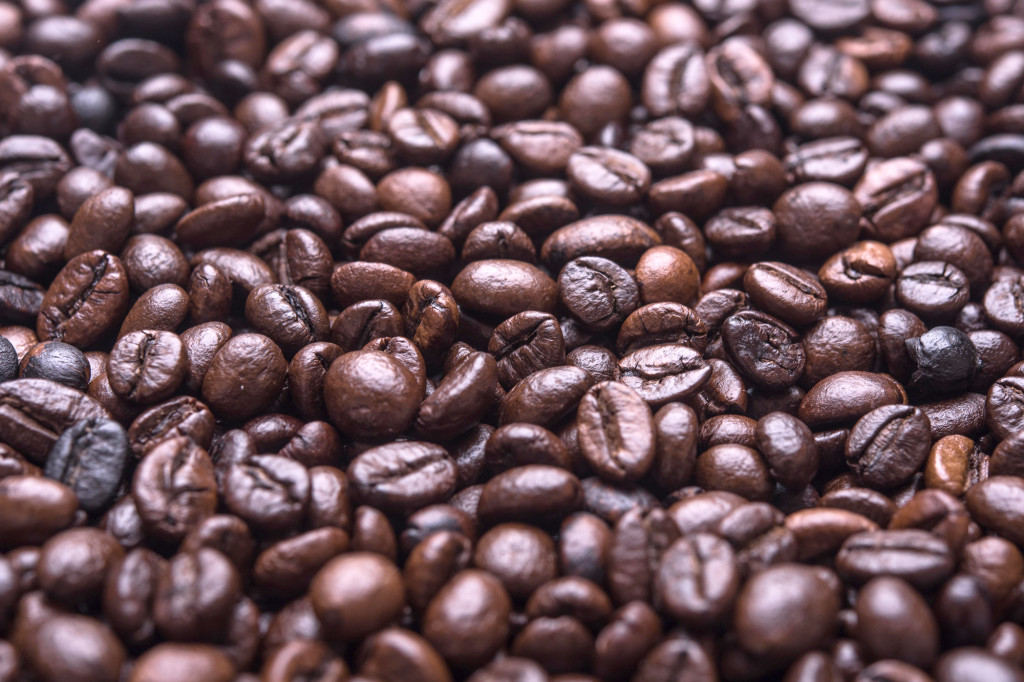RECOIL OFFGRID Preparation 8 Shelf-Stable Varieties of Survival Food
In This Article
Food is your body’s fuel, the substance that keeps your nerves firing, your heart pumping, and your muscles contracting. Just like you wouldn’t try to drive your car without gas, or light a fire without logs, you should never overlook this critical survival resource.
That said, there’s much more to consider than simply having enough food for a disaster. You can try to live off hot pockets and pop-tarts for weeks after a natural disaster wipes out the power grid, but it’s not going to go well. What you really need is survival food that is both shelf-stable (i.e. food that can last for years without refrigeration) and also nutritious.
With that in mind, we have created a list of items you might consider stocking in your home pantry. These items can be used on an everyday basis, stowed in a vehicle, or even buried in an underground supply cache. As long as they’re kept cool, dry, and sealed, they can last for months or years. When placed inside a sealed container with an oxygen absorber, some of these food varieties can even last for decades.

However, before we get into our 8 varieties of survival food, let’s talk about flavor.
All of us have tasted food that’s devoid of salt and seasoning. It’s completely bland, and although it may fill your stomach, it’s certainly not going to be enjoyable. When you’re already living through a difficult survival situation one day at a time, chewing on boring tasteless food can be a real kick in the gut.
On the other hand, spices and seasonings can make even mediocre ingredients shine. Plain pasta with a little salt, powdered garlic, and dried basil can put a smile on your face. Simple beans and rice can easily be turned into a spicy Cajun dish with some cayenne, paprika, oregano and thyme. You get the idea—seasoning matters.

Whole black peppercorns will last almost indefinitely, while ground pepper will lose some potency after a few years.
Fortunately, most dry leaf herbs and ground spices are shelf-stable for 2 to 4 years in your pantry. Other items—like salt, pure honey, and vinegar—never truly spoil and can last indefinitely.
Here’s a quick rundown on some staple items to consider storing with your survival food:
If you have the foundation above, the raw ingredients below can be combined into a variety of tasty dishes.
Approximate cost: $0.50-0.75 per pound
Average shelf life: 2-3 years in pantry, over 10 years sealed with dry ice or oxygen absorbers
Varieties to consider: White rice of any variety, since it lasts much longer than brown rice. Brown rice can spoil in only 6-12 months due to higher fat content.
Nutrient content: Carbohydrates, fiber
Recipe ideas: Grilled rice ball snacks (onigiri), curry rice with canned chicken and rehydrated mango, Spam fried rice with canned veggies
Approximate cost: $1-1.50 per pound
Average shelf life: 2-3 years in pantry, over 10 years sealed with dry ice or oxygen absorbers
Varieties to consider: Pinto beans, black beans, kidney beans, garbanzo beans, lima beans, lentils, and more
Nutrient content: Protein, carbohydrates and fiber
Recipe ideas: red beans and rice with Spam, chili, baked beans, cold bean salad
Approximate cost: $2.50-6.00 per pound
Average shelf life: 2-5 years
Varieties to consider: Spam, tuna, salmon, crab, sausages, chicken, beef chili, and more
Nutrient content: Protein and fat
Recipe ideas: Canned chicken tacos with handmade cornmeal tortillas, tuna salad, Spam onigiri rice balls
Approximate cost: $1.50-3 per pound
Average shelf life: 2-3 years
Varieties to consider: Corn, peas, green beans, tomatoes, carrots, asparagus, beets, spinach, mushrooms
Nutrient content: Carbohydrates, fiber, vitamins
Recipe ideas: Salads, side dishes, or eat straight out of the can
Approximate cost: $0.75-1.50 per pound
Average shelf life: 1-2 years
Varieties to consider: Tomato, chicken, beef, pasta, chowder, and more
Nutrient content: Varies
Recipe ideas: Just heat and eat
Approximate cost: $0.75-1.00 per pound
Average shelf life: 2-3 years
Varieties to consider: Any type of dry pasta
Nutrient content: Carbohydrates
Recipe ideas: Pasta with any combination of canned meat and veggies, cold pasta salad
Approximate cost: $0.50 per lb
Average shelf life: 6 months-1 year in the pantry, up to 5 years sealed with dry ice or oxygen absorber
Varieties to consider: Degerminated cornmeal lasts longer than varieties with the germ intact, so look for the word “degerminated” on the package.
Nutrient content: Carbohydrates, vitamins
Recipe ideas: Corn tortillas, cornbread, biscuits
Approximate cost: $3.50-8.00 per pound
Average shelf life: 6-12 months in pantry, 2 years or more if refrigerated or frozen
Varieties to consider: Apricots, cranberries, cherries, raisins, pineapple, mango, kiwi, fruit leather strips, and more
Nutrient content: Sugar and fiber
Recipe ideas: Perfect for snacking as-is, or soak in water to re-hydrate and use in fried rice or baked goods
Approximate cost: $6.00-10.00 per pound
Average shelf life: 1-2 years for jerky, 3-6 months for hard unopened cured meats (like salami)
Nutrient content: Protein and fat
Recipe ideas: Chop and add to pasta or rice dishes, or eat as a snack

Commercially-packaged coffee beans can last up to 6 months, while freeze-dried instant coffee can last for decades.
Here are some morale-booster ingredients you might consider, all of which can be long-lasting and shelf-stable:
By no means is this a comprehensive guide, but we hope it gets you thinking about what’s in your pantry, how long it will last, and what you can use it for if SHTF. The survival food options are as endless as your creativity—bon appétit.
 STAY SAFE: Download a Free copy of the OFFGRID Outbreak Issue
STAY SAFE: Download a Free copy of the OFFGRID Outbreak Issue
No Comments